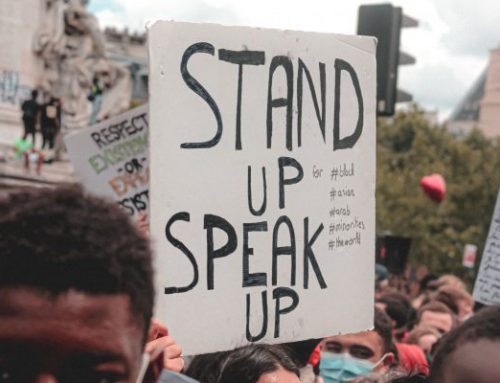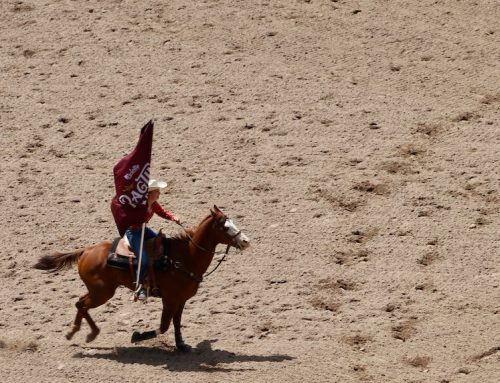This week I had the pleasure of launching an exhibition of the work of Lee Hong. Lee is an Australian-Chinese artists who studied at the Central Academy of Art in Beijing. I find Lee’s art incredibly insightful. Below is the catalogue essay I wrote.
—
According to Existential philosophers such as Soren Kierkegaard, we as individuals are responsible for creating a life with meaning. In a world that is absurd, unfair, irrational and often meaningless, it is one reason that we live with a sense of ongoing anxiety.
We have to traverse a complex world and are constantly confronted with decisions that may lead us into a charmed life or one of toil.
Kierkegaard describes this sensation in the following way: “Standing on a cliff, a sense of disorientation and confusion cloud you. Not only are you afraid of falling, you also fear succumbing to the impulse of throwing yourself off. Nothing is holding you back. Dread, anxiety and anguish rise to the surface.”
This feeling, according to Kierkegaard, describes “existential angst”. This moment of standing at the cliff is a metaphor for our daily experiences: at the cliff you have absolute freedom to step forward into the void or walk away. In life, we have a similar absolute freedom to make decisions that could lead us into a similar abyss.
We are paralysed because we face the same anxiety every choice and decision we make: this is our responsibility. In other words, we alone – not society, not religion, not our culture – are responsible for making life meaningful and living with a sense of authentically.
It is this sense of existentialism that Norwegian artist, Edvard Munch, captures in his series of artworks known as The Scream. The works show a lonely figure with a painful and agonised expression holding his head. In the background there is a tumultuous orange sky. This sense of loneliness and isolation emerges even though other figures are shown walking in the background.
The screaming figure appears frozen by fear and indecision. The orange sky creates a sense of crisis: but one is never sure if it is meant to represent that actual world around us or is an insight into the perspective of the man screaming.
It is this sense of isolation and existential anxiety that we can locate the works of Chinese-Australian artist Lee Hong.
In her latest series of work, Hong gives us a series of individual figures standing isolated in the world. Though the faces are never clearly identified, that sense of existential anxiety and loneliness is captured. These are figures that are seemingly overwhelmed by the countless decisions associated with our daily lives.
Painting more than 100 years after Munch, this sense of being overwhelmed by the world around us has only accentuated. The fact that the decisions we make could lead us into an abyss is combined with relentless technology that transmits never-ending information and data. This information, sourced from every part of the globe, reminds us of a world in crisis: climate change, war, terrorism, displacement and fear are all part of the never-ending news cycle that surrounds our daily lives.
In this series of works, Hong captures this sense of isolation and anxiety.
Further, Hong places the figure inside a tight frame creating a sense of claustrophobia. The figures seem trapped even though, as Kierkegaard noted, we have absolute freedom to choose our own paths: a path that will allow us to build a life of meaning, purpose and authenticity.
And it is from this perspective that we can understand the journey that Hong takes us on: her figures are never stationary but moving. They seem to be searching for that meaning.
Occasionally they even seem to be walking in a farcical manner – reflecting the absurdity of life that Kierkegaard describes. This may be Hong’s way of reminding us of our own limitations and mortality, and that if we are to find meaning, we should never take ourselves too seriously.
The philosopher and the artist have always danced together: an interplay of intellect, foresight and reflection. Hong’s work joins this dance. It reflects the anxiety we face in our daily lives and, in so doing, encourages us to remember that the way to confront this is through authentic and meaningful relationships. In this way, despite facing the world as individuals, we may never be alone.
—
Reference: Kierkegaard, S. (1957) The Concept of Dread’, Princeton University Press
Check out a summary of Kiekegaard’s philosophy on YouTube






Leave A Comment